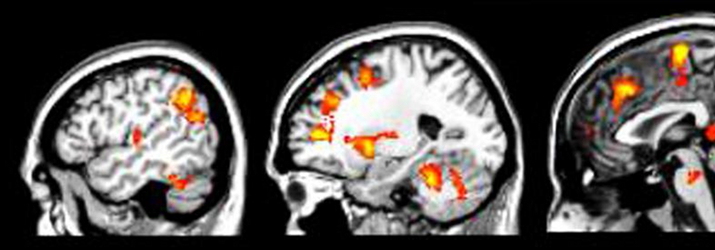
Who is it for?
It is a 3-day course to help clinicians develop a research question for a stroke-related PhD or MD project.
Why did you do it?
As an NIHR Academic Clinical Fellow, Meenakshi is in the process of developing stroke-related questions for a PhD thesis. Sergios, a Stroke Registrar in Cambridge, wanted to refine his idea before applying for funding. We both wanted to gain an insight into planning, development and implementation of a feasible research question.
When did you do it?
We did it during our SpR training: in Rehabilitation Medicine and Stroke medicine respectively. Other participants in the course were from varied backgrounds, including current PhD students, post-docs and those who were only beginning to contemplate a career in academic medicine. The specialties of the particpants were varied: Stroke Medicine, Neurology, Geriatrics and Rehabilitation Medicine and Academic Radiography. The group was truly diverse, representing not only many areas of the UK, but also included participants from France and Spain.
How was the course structured?
Before attending the course we were sent course homework, which included some reading material. Most importantly, we were tasked with development of a research question that we would be working on during the 3 day course. On the first day, each participant introduced their topic in a PICO format (Populations, Interventions, Comparisons and Outcomes).
Each day presentations from experts in the fields related to Stroke (Stroke Medicine, Geriatrics, Neurology, Pathology, Clinical Trials, Statistics and Radiology). The didactic session were mixed with practical exercises targeted towards development of our individual research topics. Group discussions provided invaluable feedback and suggestions for improvement.
Great emphasis was given to the practical aspects of research, such as time management and grant applications. It was clear during the course how important it is to have clearly definable questions that could ignite interest in others.
The session on ‘what makes a good research article?’, delivered by the editor of JNNP, was enlightening. Clarity and a logical thought process seemed to be crucial to getting accepted in high impact factor journals.
The homework continued during the course with the participants writing a 350 word grant proposal and power-point presentation which was discussed during the course and constantly streamlined. On the final day, the participants all gave a 5 minute pitch of their idea to an expert panel, which included high-profile academics and representative from the Stroke Association.
How much did it cost?
Thanks to support from the Stroke Association, the course cost was very reasonable. The total fee was £250, which included 3-night accommodation, meals and a lovely course dinner.
Was it worth it?
This course was worth every penny. The most useful aspect was the discussions based on other participant’s research questions. We were repeatedly asked to critically appraise research proposals of our peers from the perspective of a research funder. By engaging in such an exercise we developed a valuable skill of looking at the process from a different angle. This will undoubtedly result in more successful applications.
The exposure to experts in stroke research, as well as the opportunity to meet and socialise with such a wide-ranging number of academics and like-minded colleagues, was very exciting.
Top tip
Before the course, consider a Stroke-related topic of interest. Think about the topic in a PICO format. Population, Intervention, Comparisons and Outcomes. The more passionate you are about your topic, the more enjoyable you will find the course experience.